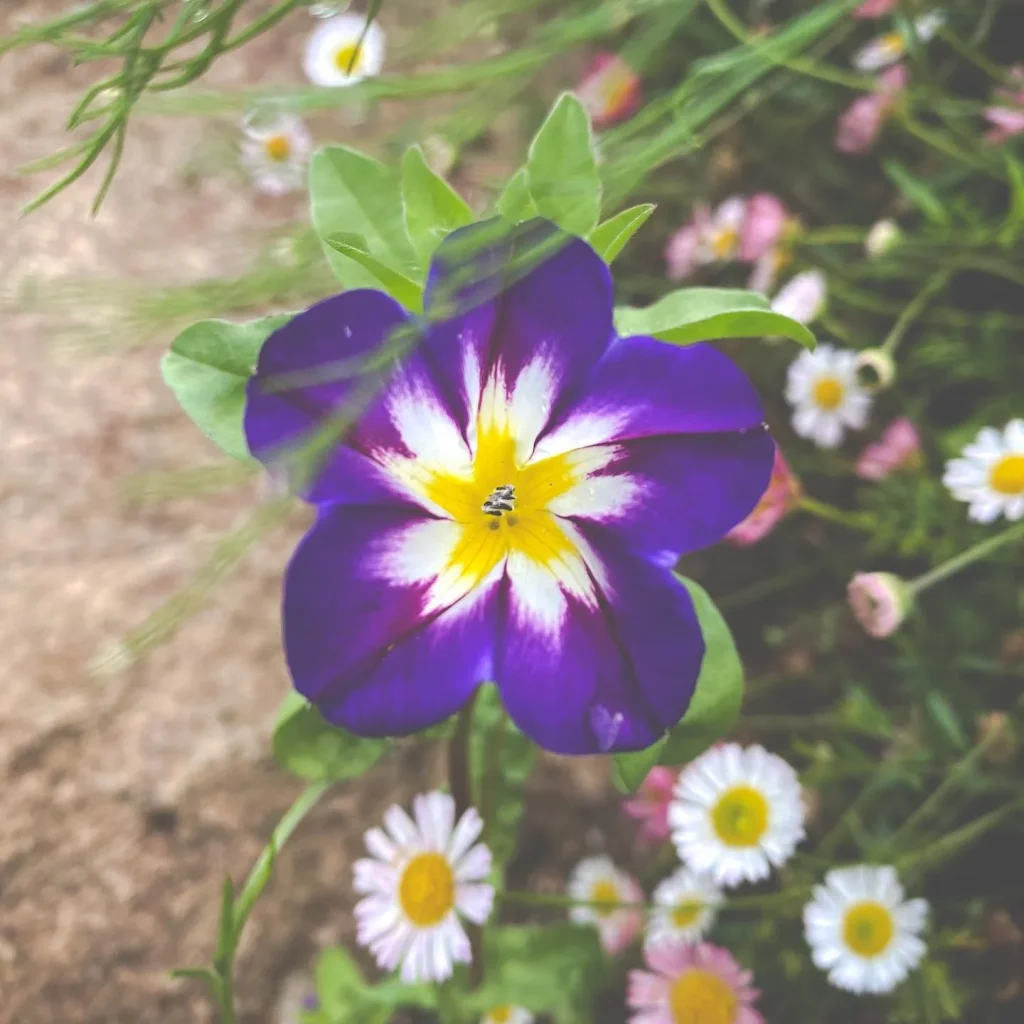
FAQs About Japanese Boxwood
Japanese Boxwood, known scientifically as Buxus Microphylla, is a popular choice for gardeners seeking a versatile, low-maintenance shrub. I’ve had my share of experience with these hardy plants, so I’m excited to share answers to some of the most frequently asked questions about them. From growth habits to care tips, here’s a comprehensive guide to help you get the most out of your Japanese Boxwood.
101 Species in Genus Buxus
How Tall Does a Japanese Boxwood Grow?
Japanese Boxwood typically grows to a height of 3 to 4 feet, though with proper care and ideal conditions, it can reach up to 5 feet. This compact size makes it an excellent choice for hedges, borders, and even as a standalone feature in smaller gardens.
How Fast Do Japanese Boxwoods Grow?
In terms of growth speed, Japanese Boxwood is considered a slow to moderate grower. On average, you can expect it to grow about 3 to 6 inches per year. Its slow growth rate means less frequent pruning, which is a plus if you’re looking for a low-maintenance plant.
How to Plant Japanese Boxwood?
Planting Japanese Boxwood is straightforward. Here’s a step-by-step guide based on my experiences:
- Choose the Right Location: Select a spot that gets partial to full sun. Japanese Boxwood thrives in well-drained soil and can tolerate a range of soil types.
- Prepare the Soil: Loosen the soil and mix in some compost to improve drainage and nutrient content.
- Dig the Hole: The hole should be twice as wide as the root ball but only as deep as the root ball itself.
- Plant the Shrub: Place the Japanese Boxwood in the hole, ensuring the top of the root ball is level with the soil surface.
- Water Thoroughly: Water the plant well after planting and continue to keep the soil moist, especially during its first growing season.
How Far Apart to Plant Japanese Boxwood?
When planting Japanese Boxwoods, spacing is crucial for their growth and overall health. If you’re planting them in a hedge or row, space them about 3 to 4 feet apart. For individual plants, providing at least 3 feet of space on all sides will allow them to reach their full potential without overcrowding.
Are Japanese Boxwood Evergreen?
Yes, Japanese Boxwood is an evergreen shrub. This means it retains its leaves throughout the year, providing consistent greenery even in winter. Its dense foliage makes it an excellent choice for creating privacy screens or hedges.
Are Japanese Boxwoods Poisonous to Dogs?
Japanese Boxwood is toxic to dogs if ingested. The plant contains compounds that can cause gastrointestinal upset, vomiting, and diarrhea. If you suspect your dog has ingested part of the shrub, it’s best to consult with your veterinarian promptly.
Do Deer Eat Japanese Boxwood?
Japanese Boxwood is generally deer-resistant. Deer tend to avoid it due to its dense, tough foliage. However, in times of extreme hunger or if other food sources are scarce, deer might nibble on it. Using deer repellents can provide additional protection if deer are a problem in your area.
Do Japanese Boxwoods Smell?
Japanese Boxwoods do not produce a noticeable fragrance. Their appeal lies in their evergreen foliage and neat, dense growth rather than any scent.
Does Japanese Boxwood Flower?
Japanese Boxwood is primarily grown for its foliage and does not produce significant flowers. It might produce small, inconspicuous flowers in spring, but these are not particularly showy or ornamental.
Japanese Boxwood vs Wintergreen Boxwood
When comparing Japanese Boxwood to Wintergreen Boxwood (Buxus sinica), the key differences lie in their growth habits and appearance. Japanese Boxwood generally has smaller leaves and a denser growth habit, while Wintergreen Boxwood can have slightly larger leaves and a more open growth form. Both are evergreen and similar in care, but the choice between them may depend on your specific landscape needs and aesthetic preferences.
Japanese Boxwood vs Winter Gem
Japanese Boxwood and Winter Gem Boxwood (Buxus microphylla ‘Winter Gem’) are often compared due to their similar characteristics. Winter Gem is known for its more compact and rounded growth habit compared to the Japanese Boxwood’s slightly looser form. Winter Gem also has a brighter, more vibrant green foliage. Both are excellent choices for hedges and borders, but Winter Gem’s denser growth might be preferred for a more formal appearance.
What to Plant With Japanese Boxwood?
Japanese Boxwood pairs well with a variety of plants. For a classic look, combine it with flowering perennials such as hostas or daylilies. If you’re aiming for a more modern garden, consider pairing it with ornamental grasses or low-growing groundcovers like creeping thyme.
How to Care for Japanese Boxwood?
Caring for Japanese Boxwood is relatively simple. Here are a few tips:
- Watering: Keep the soil consistently moist, especially during dry periods.
- Pruning: Prune lightly to maintain shape and remove any dead or diseased branches.
- Fertilizing: Feed with a balanced fertilizer in early spring to encourage healthy growth.
- Mulching: Apply mulch around the base to help retain soil moisture and suppress weeds.
Common Problems
Japanese Boxwood can occasionally suffer from issues like boxwood blight, which causes leaf drop and dieback. Ensuring proper air circulation and avoiding overhead watering can help prevent this disease. Regularly check for pests like boxwood mites and scale, and treat them promptly if detected.
By understanding these aspects of Japanese Boxwood, you can make informed decisions about incorporating this versatile shrub into your garden. Whether you’re considering it for a hedge, border, or as an individual feature, Japanese Boxwood offers a range of benefits and aesthetic appeal.
If i die, water my plants!



